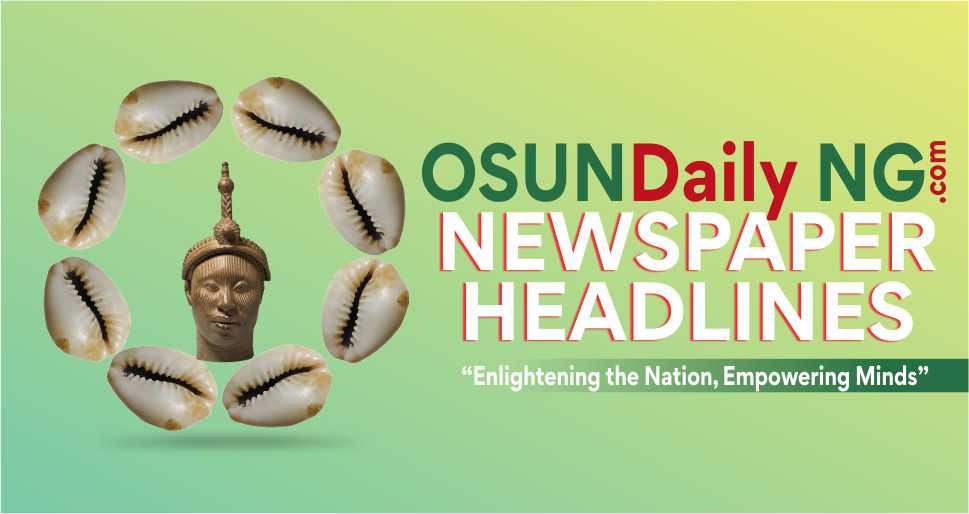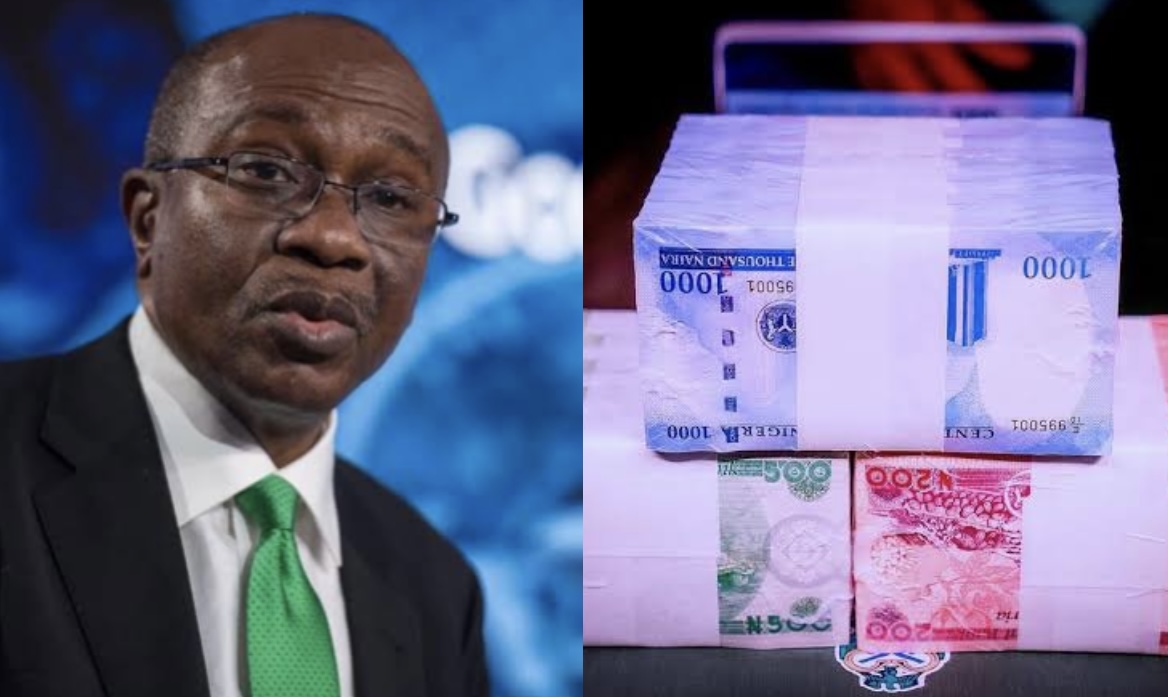
Okada riders in the Kubwa area of the Federal Capital Territory (FCT) are rejecting the new naira notes over alleged counterfeits in circulation.
A number of the riders told journalists on Sunday that they do not want to fall victim to fraudsters in their quest to get their daily income.
Salisu Umar, an Okada rider, seen refusing to accept a N500 new note from a passenger, said that the money looked fake.
Mr Umar brought out an old N500 note from his inner pocket and compared the very squeezed old note to the fairly used new note the passenger was paying him.
He said he preferred the old naira notes, and since it was back in circulation, he has refused to collect the new notes, especially the new N500 and N1000 new notes.
Another Okada rider, Audu Ezekiel, said he hardly accepts the new naira note from passengers because the notes got old on time.
“When I put the new naira notes in my pocket for hours, before you know it, it would look very old once it’s squeezed small,” Mr Ezekiel said the nature of his job would not permit him to arrange the notes in his pocket neatly.
Another Okada rider, who identified himself as Ibro, said he was not rejecting the new naira notes but did when the note presented to him looked suspicious.
However, he said it was difficult to identify a genuine note from the fake one with the naira redesign, adding that most new notes looked fake.
The rider said most of his colleagues believed the new notes in circulation were fake because automated teller machines (ATMs) and point-of-sale (PoS) machines were no longer dispensing new naira notes.
A passenger and resident in Kubwa, Ngozi Ibeh, frowned at the attitude of okada riders who had severally rejected new naira notes from her.
“I was going to work on Thursday and took Okada from my house to Federal Housing Junction, where I usually enter a car to the secretariat,” stated Ms Ibeh. “When I got to the junction and gave the man a N500 new note to collect N350 change, he refused it and said I should give him the old N100 note he saw with me rather than the N150 he was meant to collect.”
Since the Central Bank of Nigeria (CBN) released the redesigned naira notes in the N200, N500 and N1,000, fake notes have reportedly been circulating, especially the new N1,000 notes.
According to a statement by the currency operations department of the apex bank, one of the distinguishing features between fake and real notes can be recognised by touch and visibility.
“If the texture of the naira note is soft and the image appears dull, it is likely to be fake. This means that you should be sensitive to the touch of the money you are given when involved in any transaction,” the CBN statement explained.
It added, “The N1,000 note has a gold foil on the right side, near the CBN governor’s signature. If you scratch the gold foil of a fake note, it will peel off instantly, but the gold foil on the original note does not peel.”
(NAN)


